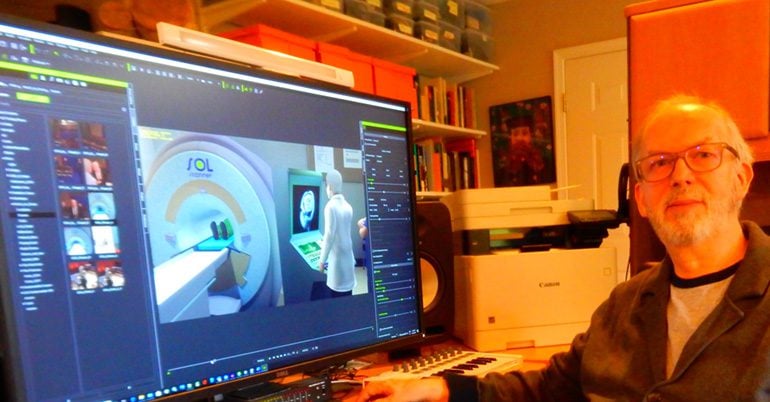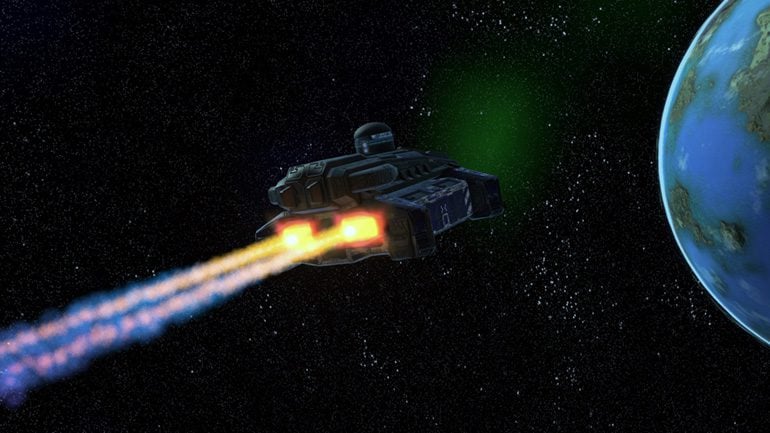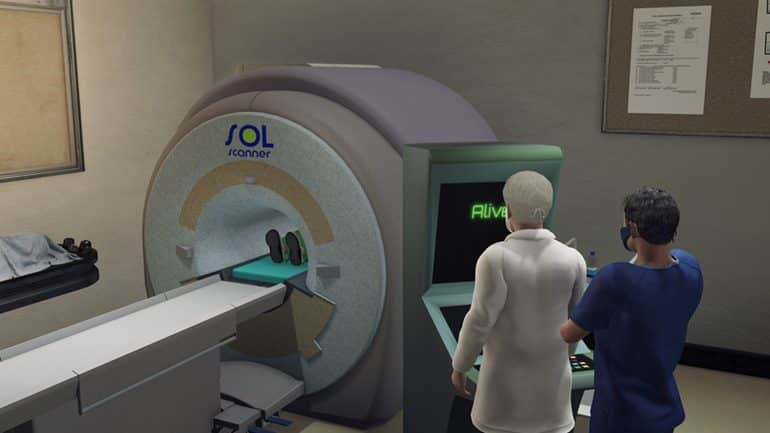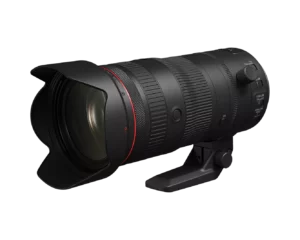FILMMAKERS GLOBAL NETWORK
Community Spotlight
Job Michiel van Zuijlen
Director, Writer, Animator
CURRENT PROJECTS:
I work as an independent animator. I am fortunate in the sense that I don’t have to rely on it as a source of income, so I can pretty much do what I like, which are narrative animation films with an interesting storyline and hopefully a bit of humor.
My latest project is called, “Knock on Wood”. It is based on an idea I came up with quite some time ago, and that I decided to work on as a new short project. In the story, a knocking is heard during a funeral. It comes from the coffin; the “deceased” is not dead! Other “risings” follow, until an unexpected solution is found to determine who’s dead and who’s alive.
I’m also working on a longer project, a science fiction story titled, “Khentopia: Time Rift”. In this story, a catastrophe throws a progressive, peaceful world into a parallel universe and becomes militaristic and dictatorial. The protagonist and his allies have the task to reverse the situation.
CREATIVE PROCESS:
After I have my story idea, I usually write a screenplay (except for projects a few minutes long). Even though the screenplay is for my own use, I still like to follow the established screenplay format. Already while writing the screenplay, I often design the locations. I don’t storyboard, but I use my 3D animation program to set up the environments. This is a way for me to keep inspired.
As I work alone, I can use an iterative approach like that, which would be hard to maintain in a team environment.
Next, I start to work on the details, scene by scene. For the initial dialog tracks I use text-to-speech (currently Google WaveNet). That way I can hear how the dialog works in the scene, and sometimes I make changes on the basis of that, which then feed back into the screenplay.
The software I use (Reallusion iClone and Character Creator) allows me to create characters based on an existing rig that can be modified. So, I don’t have to model from scratch. The approach is very flexible.
The latest version of Character Creator has a plugin called Head Shot. It models a high-quality head based on a single photo. I use faces from https://thispersondoesnotexist.com/. These are AI-generated faces of non-existing people that look real. This avoids any licensing problems or other complaints.
I like to provide my environments with sufficient detail to make them look real. There are many talented developers that I use the products of. I may change the texturing to suit me, but I leave the modelling to others.
As a solo animator, you are responsible for everything. I have to worry about lighting, camera angles, and of course animation. I use a combination of pre-made motion clips and keyframe animation to make my characters and props move.
The final step is rendering the scenes and then combining them in my video editor (Vegas Pro). This is also where the sound effects and music are added. I keep a separate Vegas project for each scene and then have a master project to combine the scenes.
CHALLENGE & SOLUTION:
I can’t really think of an epic moment in this regard, but for me a continuing challenge is getting the animation right. There are my own limitations as well as limitations in the software I use. The solution is often clever use of the camera. Don’t show everything or have the camera look the other way to hide imperfections.
3 ANIMATION TIPS:
- Try to find your own style. This may not be so easy if you work for a company, but as an independent you have a unique opportunity to do so. Some beginning users want to emulate Pixar movies, which is a daunting task. Animation does not have to have a specific look, which is what so great about it. I suggest checking out the animation collection of the National Film Board of Canada at https://www.nfb.ca/animation/ for ideas.
- Don’t make things too complicated. Some beginners have ambitious plans for full-length movies with epic battles with thousands of warriors. Instead, start simple first. Although not aimed at 3D animation, a book with practical advice is Bill Plympton’s Make Toons That Sell – Without Selling Out.
- Don’t forget the audio. Like the visuals, the audio should be of good quality. People can tolerate picture degradation as long as the audio is good. Bad audio makes everything bad. Then, make ample use of sound effects and music to add drama and excitement to your movie. It feels like cheating, but music will help set the mood of the film. But use it wisely. Don’t use a track of your favorite band as a score. Music should be used sparsely and fit the scene. Avoid clichés such as excited choirs and triumphant trumpets…






